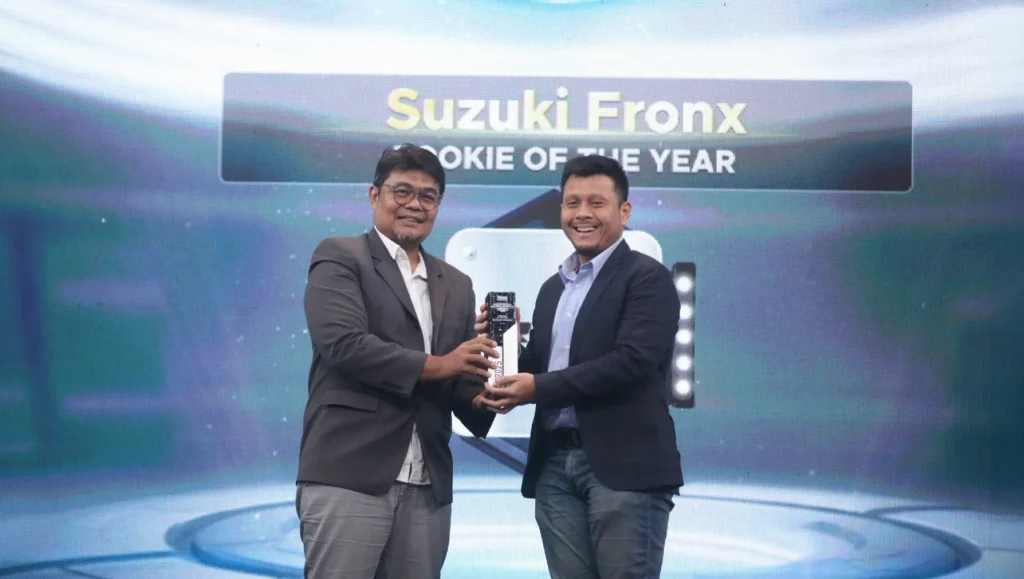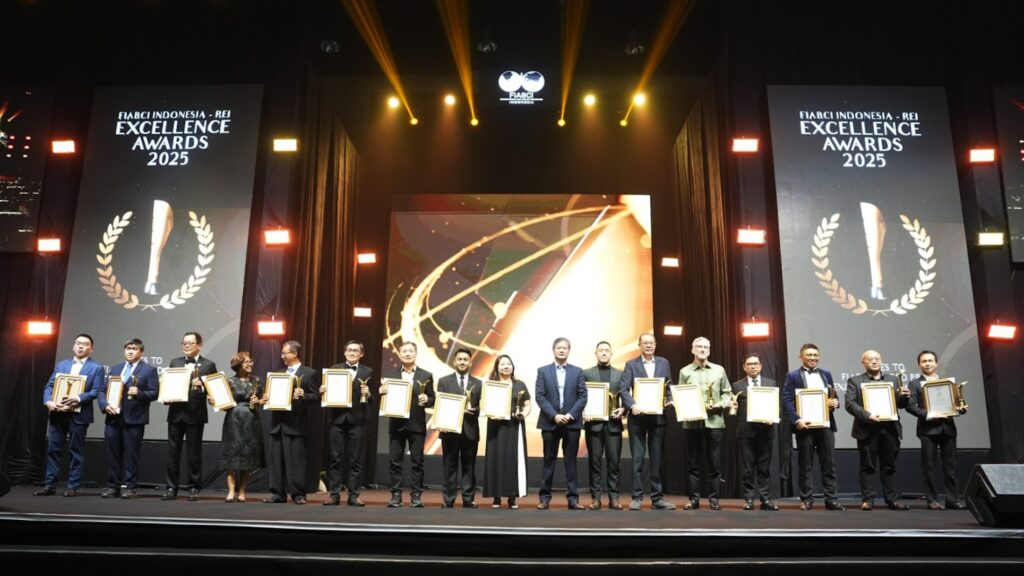New York, United States – In an age defined by overlapping crises—economic instability, trade tensions, public health emergencies—most businesses go into survival mode. But a few outliers did the opposite: they grew. Substantially.
The stories of Netflix, Zoom, Warby Parker, Etsy, and Toast reveal a deeper pattern behind global resilience. These are not just tales of ingenuity but of companies that used crisis as a catalyst, often outpacing competitors and reshaping the rules of their industries.
Netflix: Betting Big in a Market Collapse
During the 2008 global financial crisis, while media companies slashed costs, Netflix doubled down—transitioning from DVD rentals to streaming. Amid collapsing demand for box-office releases, Netflix met consumers where they were: at home. The result? Between 2008 and 2009, its subscriber base jumped 60%. Few media firms dared such a risky pivot—but it defined the company’s future and triggered the global streaming revolution.
Zoom: The Silent Giant That Surged
Before COVID-19, Zoom was a quiet contender in a crowded field of video platforms. By April 2020, it hosted 300 million daily users—a figure that outpaced legacy platforms backed by Microsoft and Cisco. Its rise wasn’t an accident. By offering intuitive UX, flexibility, and support for schools, Zoom captured not just market share, but public trust. It became the backbone of remote work, education, and governance worldwide.
Warby Parker: Frugal Disruption in a Fragile Economy
Launched during the fragile recovery from the 2008 recession, Warby Parker challenged a monopoly in an industry few dared enter. With just $120,000 in founder capital, it bypassed traditional supply chains and delivered affordable eyewear directly to consumers. In a time of job losses and austerity, it won customer loyalty—and now holds a market cap exceeding $2.5 billion. Warby’s growth was built not on volume, but on systemic disruption.
Etsy: Crafting an Economic Countercurrent
Etsy thrived amid the 2008 recession by providing low-cost, human-made alternatives to mass-produced retail. While traditional retailers saw downturns, Etsy’s model aligned with shifting consumer values—authenticity, affordability, and sustainability. By 2008, monthly sales surged from $4.2 million to $10.8 million, driven by both buyers and new sellers turning to micro-entrepreneurship. Today, it is a platform of 95 million buyers and 8 million sellers—a global parallel economy forged in crisis.
Toast: Reimagining Restaurants in a Lockdown World
When the restaurant industry was paralyzed by pandemic shutdowns, Toast rewired its strategy. Instead of retreating, it rapidly developed digital tools for takeout, contactless payment, and online ordering. More importantly, it waived software fees for struggling clients, earning long-term loyalty over short-term profit. In less than a year, Toast went from a tech casualty to IPO—and is now one of the most influential restaurant tech firms in the U.S.
The Global Implications
Each of these companies offers a case study in geopolitical resilience. They didn’t merely react to crisis—they moved ahead of it. Their stories hold lessons for governments, investors, and business leaders seeking playbooks for survival in a fragmented, uncertain global economy.
Rather than waiting for “conditions to improve,” they acted decisively, investing in technology, focusing on customer pain points, and retooling legacy models. In doing so, they became structural players in sectors that are now globally essential.
In a world where inflation, geopolitical friction, and pandemics will likely be recurring themes—not isolated events—these examples show that resilience is not passive. It’s an offensive strategy, executed with clarity, conviction, and speed.






